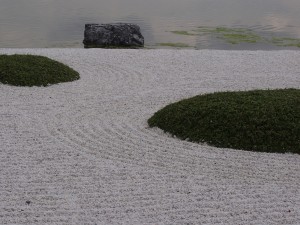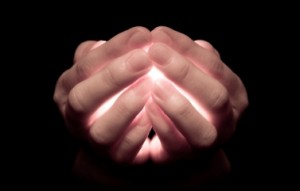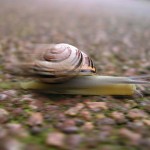The sound of ocean waves lulls me to sleep as I nap on the beach of Assateague Island, Maryland. That’s how much of my vacation was spent last week. Assateague is a magical place, with miles of walkable beaches, stunning sunrises, and wild horses.
Wouldn’t it be nice to experience that soothing sound rather than listening to the chatter in my head? Always brimming with ideas, thinking of tasks to get done, staying connected, and if I’m lucky, planning to go more places.
Last week, I didn’t post my usual weekly blog because I was on vacation. I didn’t take a computer with me. I didn’t read any emails. I didn’t return any calls. All of my clients knew I was on vacation, as did my friends and family. For the frequent robo-calls I usually receive, I didn’t miss hearing their impersonal, electronic voices.
It felt so freeing, to wake up every morning without a To Do List staring at me, without having to check to see if I received any texts. Honestly, I felt like I was living back in the Twentieth Century. It was such a liberating feeling!
My media fast lasted exactly one week – Sunday through Saturday. Gone was my daily routine of turning on my computer, checking email and social media posts. Guess what? I didn’t miss any of it. Instead, my new daily routine consisted of waking up earlier, watching the sunrise, walking the beach and collecting sea shells. Then came the coffee and breakfast. And later, seafood, of course. The day simply unfolded. No checklists. No stress.
My priorities completely shifted. Usually my leisure time takes a back seat to work priorities. It was a nice change of pace to do exactly the opposite. My leisure time needs came first.
My husband and I returned from our vacation relaxed and refreshed. I doubt that we would have had the same result if we had remained completely plugged in throughout the week.
If you’re not sure if a media fast could work for you, think about its potential positive effects on your health. One study suggests that reducing the amount of light emitted from electronic devices before bedtime could result in a better night’s sleep. That means don’t view your computer, your mobile device or television right before retiring. Try this and see how you sleep.
Even when you’re not vacationing, you can still enjoy a mini media fast. Consider starting on a weekend with, say, an hour at first, then expand to two or three hours, and perhaps a full day without media. You could also choose to fast from just one source of connection, like Facebook or your favorite online news source, like MSNBC. Notice how you feel after fasting. You may experience feeling more connected…to yourself and the people around you.







